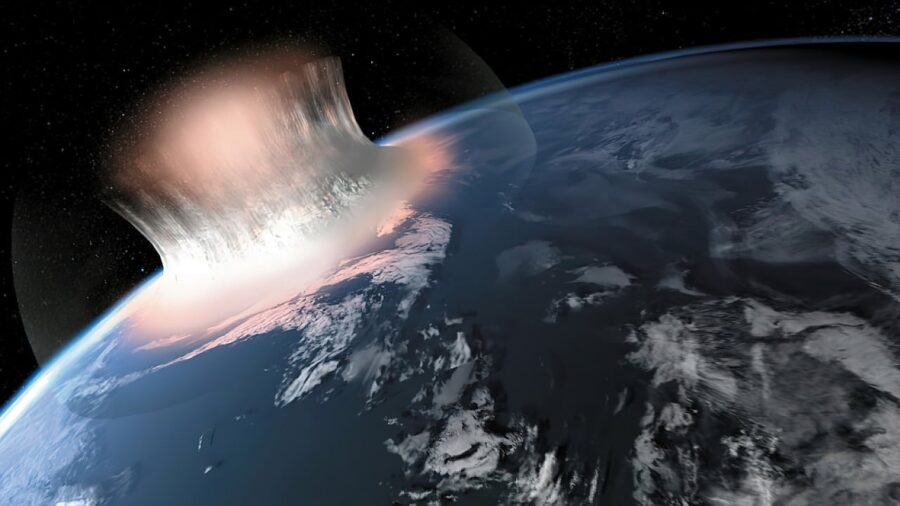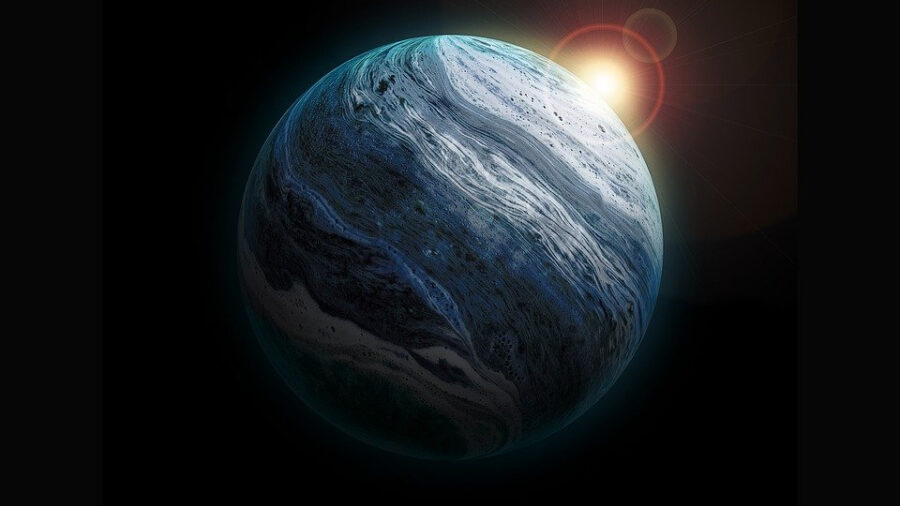Earth’s Heartbeat Discovered To Occur Every 27 Million Years

In the grand tapestry of Earth’s geological history, researchers have discovered a mesmerizing pattern, a rhythmic ‘heartbeat’ pulsating every 27 million years. According to Science Alert, this slow (at least from the human perspective), steady cycle orchestrates a symphony of geological events, from volcanic eruptions to mass extinctions, all of which have reshaped the face of our planet. While the concept of a geological rhythm isn’t new, a recent study led by Michael Rampino, a geologist from New York University, sheds light on the statistical evidence supporting a 27.5-million-year cycle.
Catastrophic Murmers

The research delved into the history of Earth’s past, examining 89 well-documented geological events spanning the last 260 million years. The findings revealed an intriguing pattern of catastrophic murmurs, marking clusters of events occurring over relatively short geological timespans. These clusters form the “Earth heartbeat,” encompassing “marine and non-marine extinctions, ocean-anoxic events, continental flood-basalt eruptions, sea-level fluctuations, global intraplate magmatism, and plate reorganizations.”
Natural Disasters May Not Be Random

Rampino emphasized the significance of their discovery and how it challenges the prevailing notion that geological events unfold randomly over time. According to the statistics, these events occur in a cyclical nature with a new event occurring every 27.5 million years. When the events are added to a graph, the events cluster together forming a chart that looks similar to a human heart rate on a monitor, thus forming the Earth’s ‘heartbeat.”
The 30-Million-Year Heartbeat Cycle

The concept of periodic geological cycles is not a recent hypothesis. Early in the 20th century, scientists speculated about a 30-million-year cycle (a pretty close guestimate considering the early 1900s didn’t have access to the same technology and information we do today). In the 1980s and 90s, researchers proposed that the Earth’s heartbeat at a range of 26.2 to 30.6 million years based on available data. Now, Rampino’s study aligns with a 27.5-million-year cycle, reinforcing the notion that Earth’s geological events are intricately linked within this periodic timeframe.
Interestingly, a 2018 paper by researchers at the University of Sydney arrived at a similar conclusion, suggesting the Earth’s heartbeat around a 26-million-year cycle based on an analysis of our planet’s carbon cycle and plate tectonics. The convergence of these findings strengthens the argument for a cyclical geological phenomenon embedded in Earth’s history.
Planet Nine

Despite the consistent evidence suggesting that Earth has a ‘heartbeat,’ the underlying cause remains elusive. While some suggest comet strikes as a potential trigger, others point to the existence of Planet Nine, the theoretical ninth planet in the outer region of the Solar System. Rampino’s team hypothesizes that these cyclic pulses may stem from geophysical processes related to plate tectonics and mantle plumes, or alternatively, could be influenced by astronomical cycles associated with Earth’s motions in the Solar System and the Galaxy.
Further Research Required

Tectonic geologist Alan Collins was not involved in the study, but he applauds the research and also points out the complexity of the relationship between the events analyzed. Many of the causal connections between the 89 events suggest direct influences, complicating the identification of a singular underlying cause like Earth having its own heartbeat. According to Collins, more research is needed for further exploration into the origins of this 26-30 million-year cyclicity.












